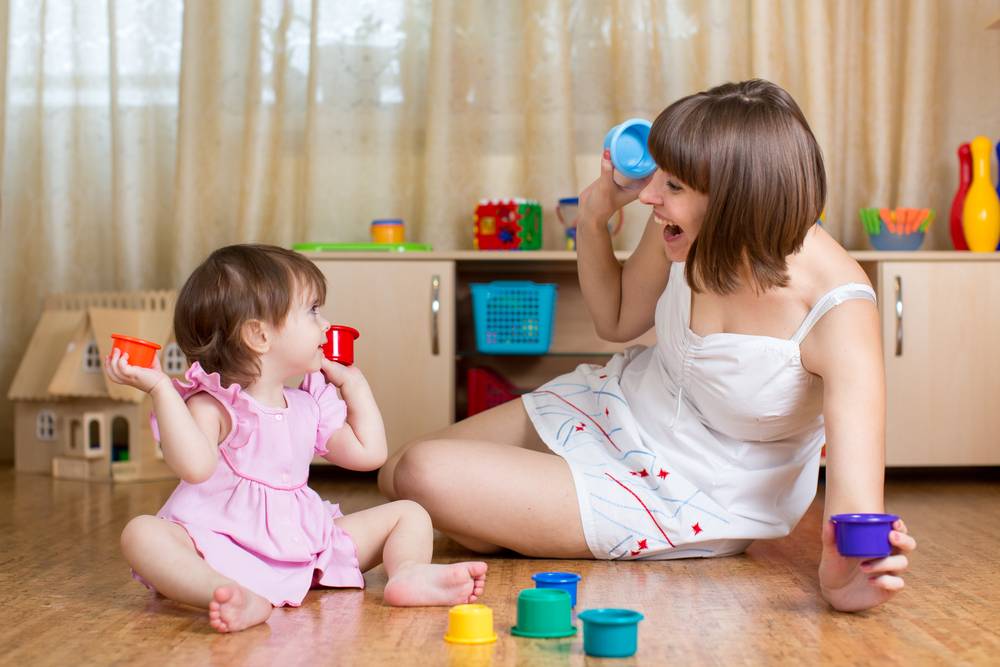Key points:
- Babies learn new languages best through social interaction rather than audio or video.
- A study by the Institute for Learning & Brain Sciences linked a baby’s ability to learn new language sounds with “gaze shifting,” a social behavior involving eye contact and shared visual attention.
- Babies who engaged in more gaze shifting during foreign language tutoring sessions showed greater brain responses to the new language.
- Social interactions, including gaze shifting, play a crucial role in a baby’s language learning process.
Could a baby’s social skills play a role in cracking the code of learning a second language?
It’s clear that babies learn language best by interacting with people, rather than by listening to audio recordings or videos. However, it remained unclear which aspects of social interaction were the most critical for babies to learn a new language –until a few years ago.
Research on gaze shifting and how babies learn a new language
A study led by researchers from the Institute for Learning & Brain Sciences (I-LABS) at the University of Washington demonstrated for the first time a link between a baby’s ability to learn new language sounds (which will later translate in learning a second language) and a social behavior called “gaze shifting”, an early behavior that happens when a baby makes eye contact and then looks at the same object the other person is looking at. This behavior is one of the earliest ones done by babies!
“These moments of shared visual attention develop as babies interact with their parents and they change the baby’s brain,” said Rechele Brooks, research assistant professor at I-LABS.
In the study, 9.5 month-old babies from English-speaking families attended foreign language tutoring sessions for four weeks. The 17 babies who participated in the study interacted with a tutor in 12 to 25-minute sessions. The tutors talked, read books, and played with toys while speaking in Spanish.
At the beginning of the first week and the end of the last one, researchers counted how often babies did gaze shifting with their tutor and the toys. And at the end of this period, they brought the babies back to see how much Spanish they had learned.
Interestingly, the results showed that the more gaze shifting the babies participated in during their tutoring sessions, the greater their brain responses were to the Spanish language sounds!
These findings confirm the importance of eye gazing and joint attention when babies learn a new language and that they are not just passive listeners. Also, it shows how important social interactions are while a baby is learning! A baby’s engagement during a social interaction clearly contributes to learning a new language.
Now, whenever you play with your baby, notice if they start gaze shifting. This will mean that they’re paying attention and showing you that they’re ready to learn!








